 By: Adam Tindal, CSCS, NASM-PESSports Performance SpecialistSpectrum Sports Performance
By: Adam Tindal, CSCS, NASM-PESSports Performance SpecialistSpectrum Sports Performance
Plyometric movements are a crucial component to all sports performance training programs. As we discussed in my previous article, the transfer of force from the ground and through the kinetic chain that is our body, is a major piece for any fighter wanting to maximize their power production. Plyometric exercises such as broad jumps, box jumps, single leg hops, and bounds train our bodies to quickly explode from a static position. We can also progress these exercises by adding a counter movement, which incorporates an eccentric loading phase. Additionally, there is a stability challenge inherent in plyometric exercises that is extremely beneficial as well. Although there are many different aspects to discuss when it comes to plyos, the topics mentioned above will be the major points I will elaborate on.
For fighters specifically, the transfer of force is key. Plyometrics are some of the purest movements one can do to train absolute, total body power production. We start in a fixed position or a stand still and then all at once force our bodies to blast off the ground and then stabilize the landing. Think about throwing a flying knee and then landing and forcing your opponent onto the cage or into the clinch. Having to quickly change levels and then drive right off the canvas and drill your knee into your opponent teaches the neuromuscular system to recruit and fire extremely quickly, and transfer that force throughout the body. This also translates directly to throwing a punch, or even better, a kick. There is so much that occurs throughout our bodies when throwing a kick, essentially creating a deadly amount of torque through our hips and whipping one leg off the ground and attempting to target a single point on our opponent’s body. In order to accurately complete this attack we must stabilize or brace on our grounded leg and concentrate the momentum that was quickly generated. A single leg rotational bound couldn’t be more specific when trying to mimic this aspect of a fight. Basically balancing low on one foot and then springing off into the air at a 90 degree angle for example and cushioning the landing on your opposite leg.
I believe that in order to become a truly great athlete we all must consistently train what we are not good at and progress accordingly. One of the most underrated components of athleticism that many people very inefficient at is eccentrically loading through our posterior chain (activating our glutes and hamstrings properly to decelerate our body). I am a big fan of using box jumps, as well as progressing to the depth jump to train power production as well as deceleration. By optimizing our ability to decelerate and eccentrically load the posterior chain, fighters will find it much easier to stuff a takedown or even drop in and shoot for a double leg of their own. Becoming stronger and more stable through our glutes and hamstrings will also allow us to perform with a reduced risk of injury by having more control over what our body is doing and how quickly we are doing it. Keep a look out for my next blog which will discuss various ways to use resistance training to harness our bodies’ power producing capabilities.
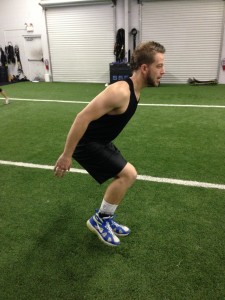
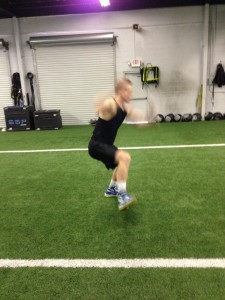
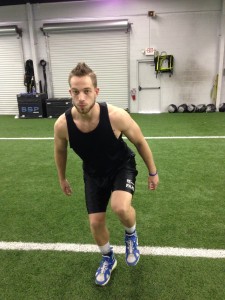
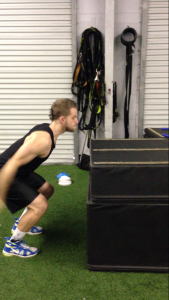

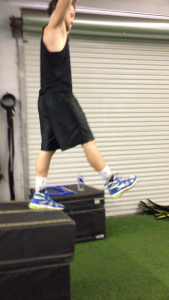
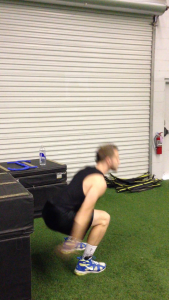
Leave a Reply